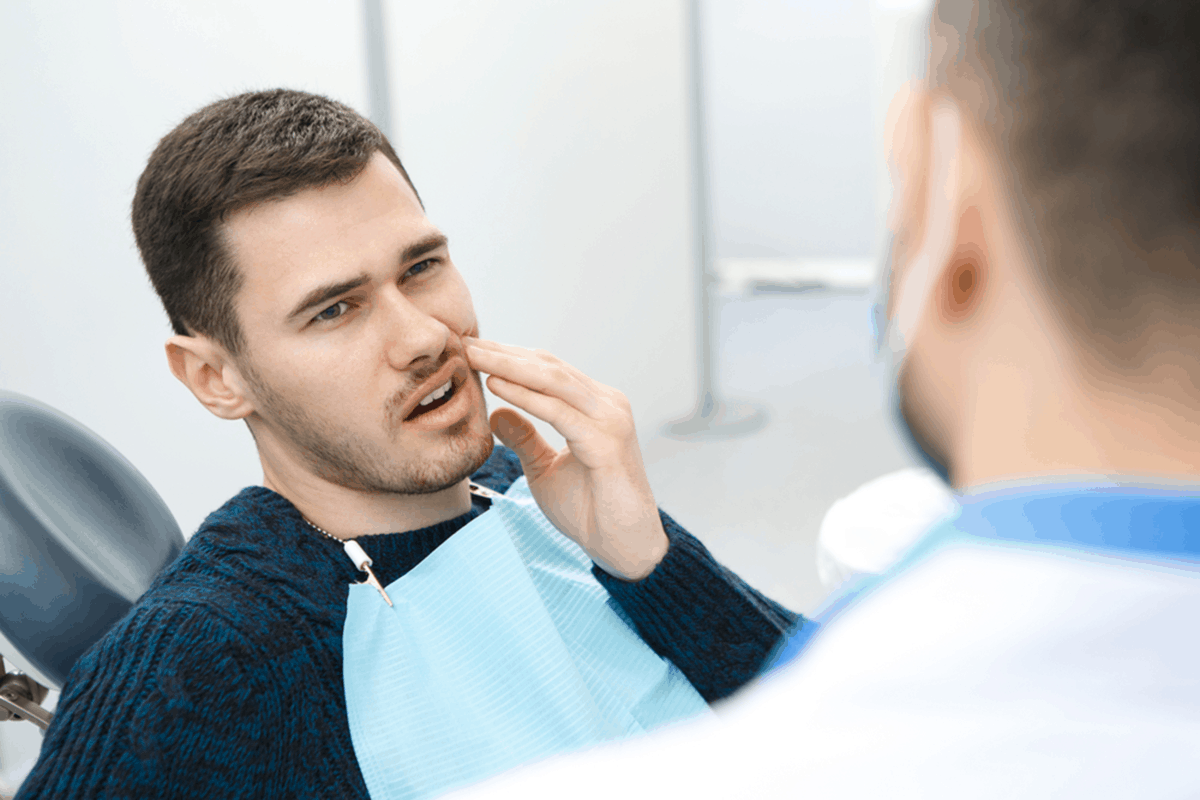We recommend visiting your dental professional every six months to keep your oral health in good condition. Sure, you will also need to brush and floss your teeth daily, stay away from sugary treats and stay hydrated, but maintaining your dental checkups is essential.
When you visit a family dentist near you, they monitor your teeth and gums, but they also evaluate your temporomandibular joint (TMJ). They will ask you to open and close your mouth and feel and listen to the TMJ area while you do so.
What is the TMJ?
The TMJ is the articulation that connects your jawbone to the temporal bone on your skull. It is essential for movements such as opening and closing your mouth; hence, it is vital for eating, speaking, yawning, and more.
Ideally, you should not have a problem opening and closing. Your range of motion shouldn’t be limited, and you would not feel any pain; however, TMD (temporomandibular joint disorder) is common in our patients.
What is TMD?
TMD consists of any pain, odd sounds, and discomfort that you may feel in your TMJ. Luckily, we offer TMJ treatment near you. You may visit us if you:
– Feel a ringing in your ear.
– Open and close your jaw, and it gets locked.
– Have constant headaches.
– Feel the tension in your jaw, face, neck.
– Sense clicking sounds in your jaw.
– Grind your teeth.
TMJ Treatment in NW Calgary
Depending on the severity of the issue, it may or not need treatment. Some people have TMD because they are stressed, and by changing some things in their lifestyles, the pain goes away.
Changes may include:
– Meditating.
– Going for a daily walk.
– Writing your worries in a journal.
– Seeking psychological help.
– Listening to relaxing music.
– Avoid chewing gum.
– Cutting your food into small pieces.
In other cases, pain persists even when you try taking it slower. Our doctors will try alleviating with the following:
Massages
By daily massaging your TMJ, you may relax the sore muscles around, your range of motion will increase, and you will feel all the area loosening up. Your dental professional will show you the best exercises for a relaxed jaw so you can do them at home. They will also suggest applying moist heat or cold on the side of the face to alleviate pain.
1. Medications
While medication does not treat the problem by the root, it helps you go through the day without the pain. You may take over-the-counter pain medication such as Acetaminophen or Ibuprofen, and your doctor may suggest muscle relaxant pills.
2.Oral Devices
Studies show that mouth guards reduce the pain in patients with bruxism (the constant clenching of teeth) because they create a barrier between your upper and lower dentition, preventing painful pressure. Mouthguards for TMJ also hold your jaw in a correct position.
3. Injections
Steroids injections and BOTOX work to relax the muscles and have had excellent results in many of our patients.
4. Surgery
If none of the above showed results, ask your doctor for surgical options. Among these procedures, you may find arthroscopic surgery. If you are interested in the details, you may schedule a consultation visit.
Contact Us
At Royal Vista Dental, we have a team of specialists that will evaluate your symptoms and take the necessary tests for a complete diagnosis.
We offer a wide range of options to treat TMD so our patients can enjoy their lives without pain and discomfort. We also offer many other dental services you can ask about to enhance your smile.
